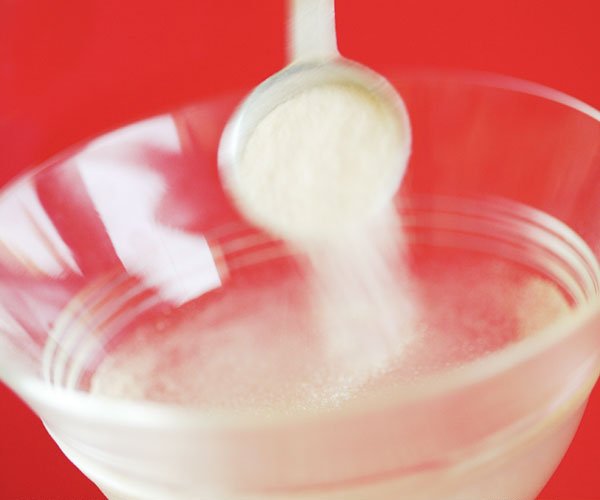
How does gelatin work?
The unique feature of gelatin is that it can develop great gels. These gels thaw in the mouth, as well as are quite flexible and flexible. So, how does gelatin form those gels?
To make a gelatin gel you first need to dissolve the gelatin in warm water. Once you begin cooling off the blend the healthy proteins will wish to re-organize themselves. Consequently, they begin forming frameworks, they will try rolling up once more and communicate among themselves.
To know where is gelatin sold [เจ ลา ติ น ขาย ที่ไหน, which is the term in Thai], please click on the link.
Three major kinds of interaction between the protein particles make them hold their structure:
- Hydrogen bonds: These are bonds between OH-groups that aim in an outward direction of the healthy proteins.
- Hydrophobic communications: Components of the protein that do not prefer to sit in water; however, in fat are called hydrophobic. In water, they will attempt to lie with each other.
- Ionic interactions: Parts of the healthy proteins have a charge; this can be either negative or positive. Favorable as well as unfavorable draw in and so maintain each other.
All these communications have a vital thing alike: they are not irreversible, instead, they are reversible. Whenever you warm up a gelatin gel these bonds will release again, as well as you wind up with a liquid once again!
Why does it create a gel?
So, why do these communications result in the development of a gel? You make a gel when you’ve trapped the fluid within. The fluid can stagnate freely any longer, as well as the liquid transforms right into something solid, a gel. This network of gelatin proteins is good in keeping those water particles. They obtain entrapped in between.
Various other examples of a gel
There are plenty of other molecules that can develop gels. Most of the gels though won’t be as elastic and smooth as gelatin. Fine examples are pectin or part of jam; agar, or a typical vegan choice to gelatin, in addition to a lot of starches. All of them are large complex molecules that can structure themselves well in a fluid, entrapping the fluid particles between.
